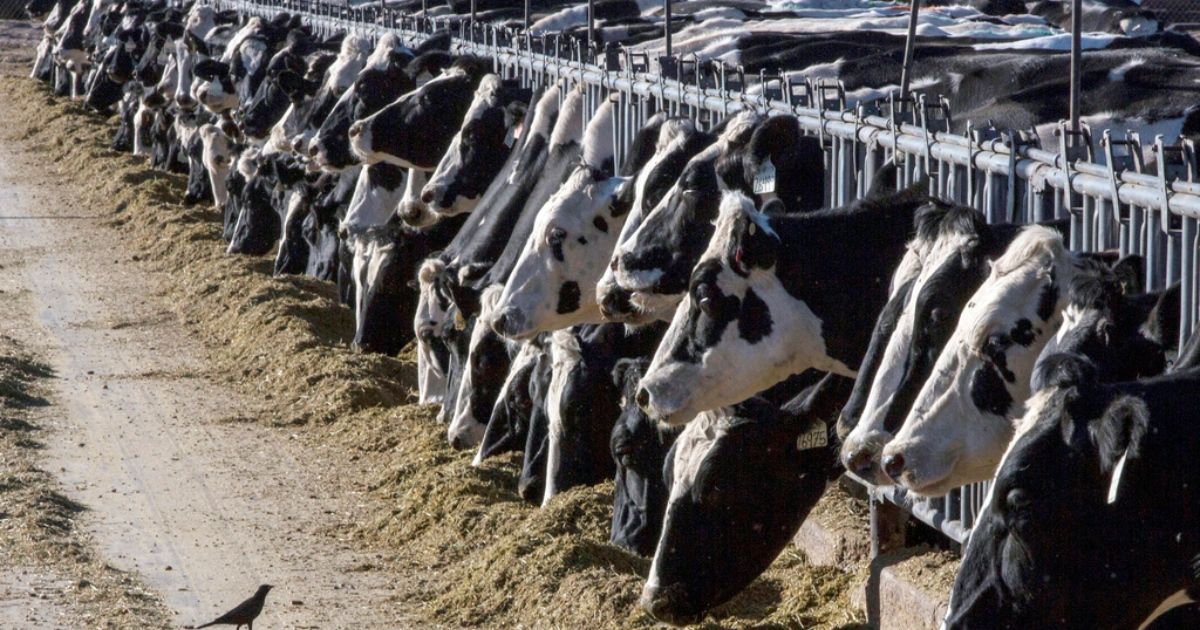Although evolution is not necessarily a synonym for advancement, it is possible to say that human life expectancy has been increasing for thousands of years, with long (very long) periods of stability. Today, science knows that ancient humans lived less than 30 years.
Despite the approximate average, measuring how many years ancient humans lived is quite a complex task. Scientific studies depend on fossils and traces found to draw their analyses, which does not always represent the totality of that moment.
For example, in one of the recent studies that sought to estimate the life expectancy of ancient humans, scientists analyzed tooth wear in specimens of A wise man e homo neanderthalensis. Currently, dental evaluation is still an important method, being routinely used in Legal Medical Institutes (IML) in addition to paleontology.
Lifespan and life expectancy
Before we move on, an important distinction needs to be made between time and life expectancy. The first refers to individuals, while the other is estimated from analyzes involving a group. In that way, both can be very different.
For example, the longest living human being on Earth is the Frenchwoman Jeanne Louise Clement (1875-1997). According to Guinness World Records, she would have lived for about 122 years. Despite its record-breaking lifespan, it cannot be said that the global life expectancy is 122 years.
In fact, in 2022, the Brazilian Institute of Geography and Statistics (IBGE) estimated that the average expectation of Brazilians was 77 years. Much shorter than the lifetime achieved by Clement. There are 45 years of difference.
How old did ancient humans live?
Published in scientific journal Journal of Molecular Evolution, a study that revisited the evolution of human life expectancy over the millennia points out that “the duration of life began to increase after the age of 30, approximately 30,000 years ago” . In other words, ancient humans lived, as a population, less than 30 years.
In another study, published in the journal American Journal of Physical Anthropology, the authors explain that “the increase in longevity, expressed as the proportion of adults who survive to adulthood, represents an important way in which Upper Paleolithic Europeans (50,000 to 12,000 BC) differ from European populations. past”. Here, they reaffirm the small jump in life expectancy in the period, without citing approximate ages.
What were the causes of death for ancient humans?
There are numerous possible causes to explain the low life expectancy among ancient humans and the generations that were born until the 1800s (pre-Industrial Revolution). For example, poor hygiene and lack of basic sanitation in most cultures facilitated the spread of infectious diseases. Another problem was the food issue (having or not having food available).
In addition, something that reduced (and greatly) life expectancy was infant mortality. Thousands of years later, in the Middle Ages, from the year 476, infant mortality still reached 30%. Despite this, individuals who survived early childhood had a high chance of living beyond 35 years.
Current life expectancy of humans
The most recent jump in human life expectancy occurred just 200 years ago, with the Industrial Revolution. According to data platform Our World in Data, in the early 1800s, no country in the world had a life expectancy of more than 40 years. From then on, improvements in hygiene levels, the arrival of basic sanitation and advances in medicine began to change the average lifespan of populations.
In 2021, the highest average expectation among the continents is that of Oceania, with 79.5 years. In the Americas, the average drops to 74.8 years. The lowest is that of the African continent — the poorest and with the greatest lack of access to numerous achievements provided by the Industrial Revolution —, with 62.2 years, 17.3 years less than the highest. The question confirms the idea that how long a group lives depends more on the environment in which it is inserted than on biological factors.
For the next 100 years, science will still need to understand how increasing obesity among humans and poor adherence to physical exercise will impact future life expectancy. On the other hand, the latest advances of the same science, such as the use of mRNA (messenger RNA) in the fight against cancer and the control of other diseases will prolong the lives of countless individuals, overcoming deadly conditions never imagined by ancient humans.
Source: Journal of Molecular Evolution, American Journal of Physical Anthropology e Our World in Data






